From co-writing a column in mid-day with the late Sharada Dwivedi on local history, to chronicling its heritage and architectural styles, architect and urban planner Rahul Mehrotra discusses the just-released Bombay Deco against the backdrop of a rapidly-changing metropolis
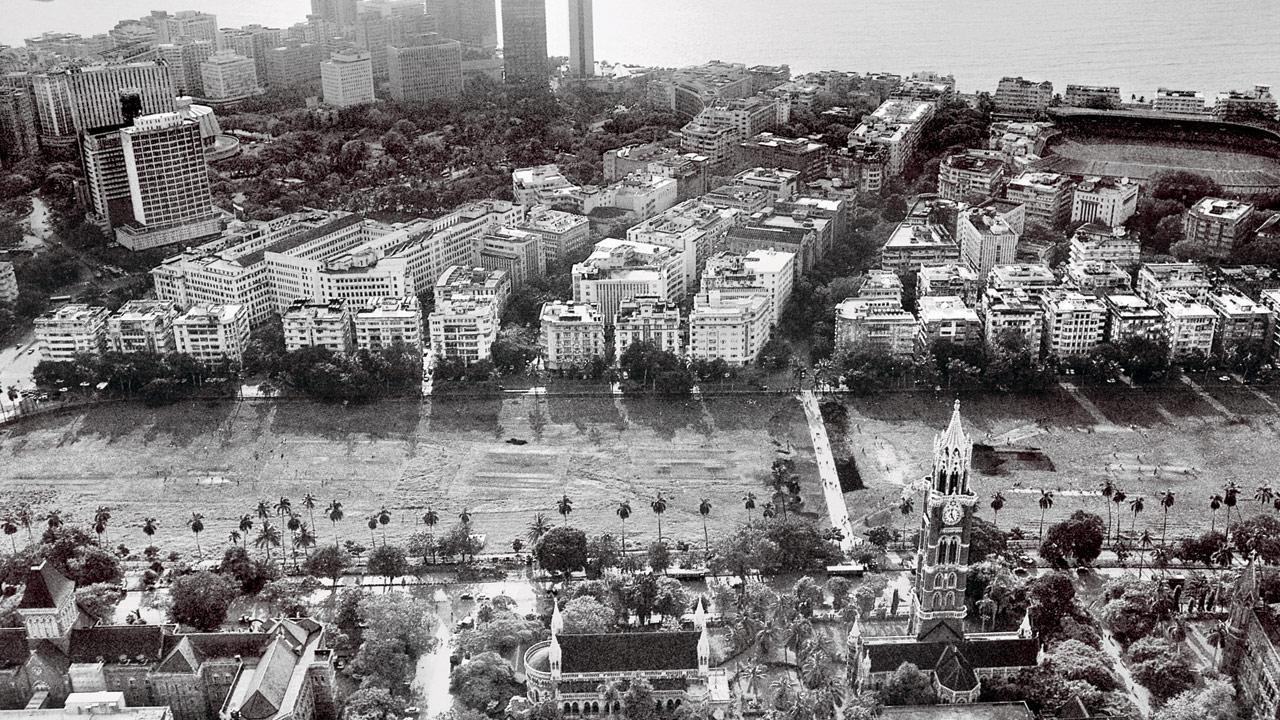
Aerial view of the Oval Maidan that mediates two centuries of architectural styles — Neo Gothic and Art Deco. PIC COURTESY/Jehangir Sorabjee
What are the invaluable, time-tested lessons you imbibed from your collaborative research with the late Sharada Dwivedi?
Sharada and I first met in late 1989, when she was installing an exhibition on the city’s history at the Asiatic Society of Bombay. As a 30-year-old architect and urban designer starting out to work in Bombay, I was stunned how the exhibition highlighted, for me, the vacuum that existed in the popular understanding of the city and its built history. Soon after our first meeting, Sharada and I embarked on a fortnightly column for mid-day, where we narrated the history of a particular area in Bombay, touching upon the contemporary challenges for that precinct. It was titled ‘Bombay – a look at historic precincts’.
ADVERTISEMENT
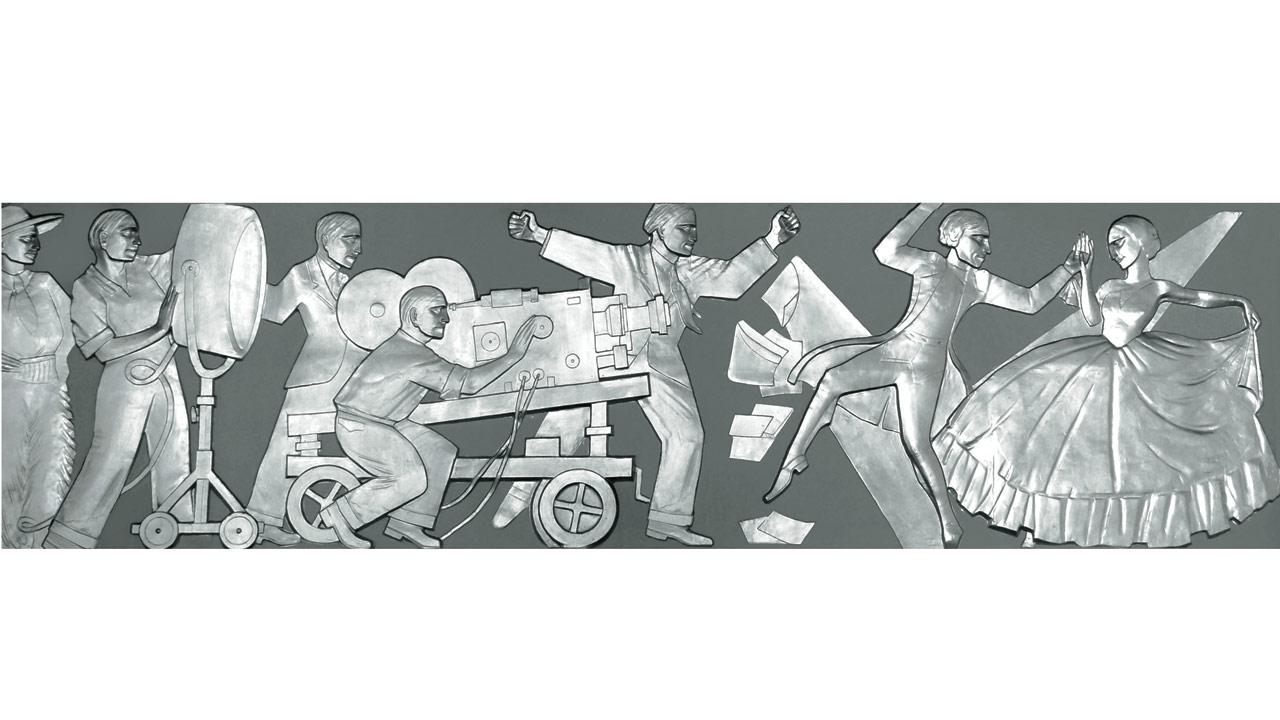
Bas-relief panels in Eros’ auditorium depict the story of making movies. Pic Courtesy/Noshir Gobhai
The column ran from November 1992 to May 1993 and was translated in Gujarati and Hindi, and was published weekly in the Samakaleen publications. This experience gave us the idea and the confidence to do our first book on Bombay–The Cities Within. An ambitious project, it attempted to tell an accessible story on the city’s architectural and urban history, from its origins to the then present — the early 1990s.

Typography used for the names of Art Deco buildings. PICS COURTESY/Hemant Chaturvedi, Noshir Gobhai, Aashim Tyagi
The success of that title encouraged Sharada and me to go on to work on other publications on the city, which included the first edition of Bombay Deco. It was published in 2008, when very little information on Art Deco in Bombay had surfaced. What I personally learnt from all this is how these writings were really instruments for advocacy. More than just creating awareness about the city’s history, they became ways for other advocates to engage with issues of conservation.

While working on this edition of Bombay Deco (Pictor Publishing), how did you ensure the content was relevant and yet could retain the soul of the first edition?
When Sharada and I did the first edition we had a clear guiding principle, which was the linkage or relationship of the Art Deco style to the growth of Bombay between the 1930 and 1950s, which is to see how its expansion facilitated the style, and how the Art Deco approach to urbanism influenced the form of the city. So, it’s this central idea that I safeguarded as we worked on this updated edition. The essential content remains unchanged but has been updated and reordered to tell the story in the context of Mumbai in 2020 and beyond. The updated content also responds to the awareness and efforts that have occurred to safeguard these buildings as well as understand this aspect of our heritage better.
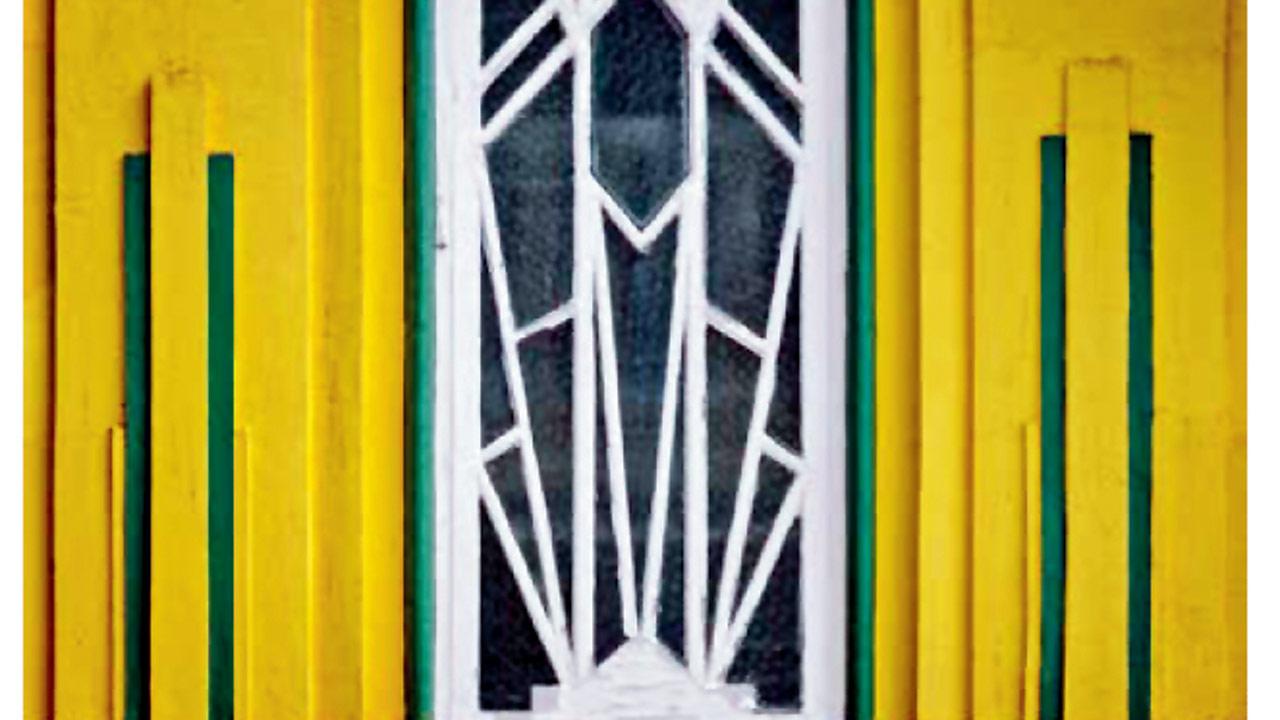
Bold, geometric patterns were popularly used in buildings. Pic courtesy/Hemant Chaturvedi
What worked in Bombay’s favour as compared to other major Indian cities of the time for it to emerge as the home for the world’s second largest ensemble of Art Deco architecture?
The major factor was that an amazing amount of land was being opened up for development on account of the great reclamation projects and construction intensified to such a frenzied pace that investors quickly bought up every available piece of land in the established commercial and residential areas. This intensification was also evident in the form of higher buildings, facilitated using the newly introduced construction materials such as Reinforced Cement Concrete (RCC) and Ferro-concrete.
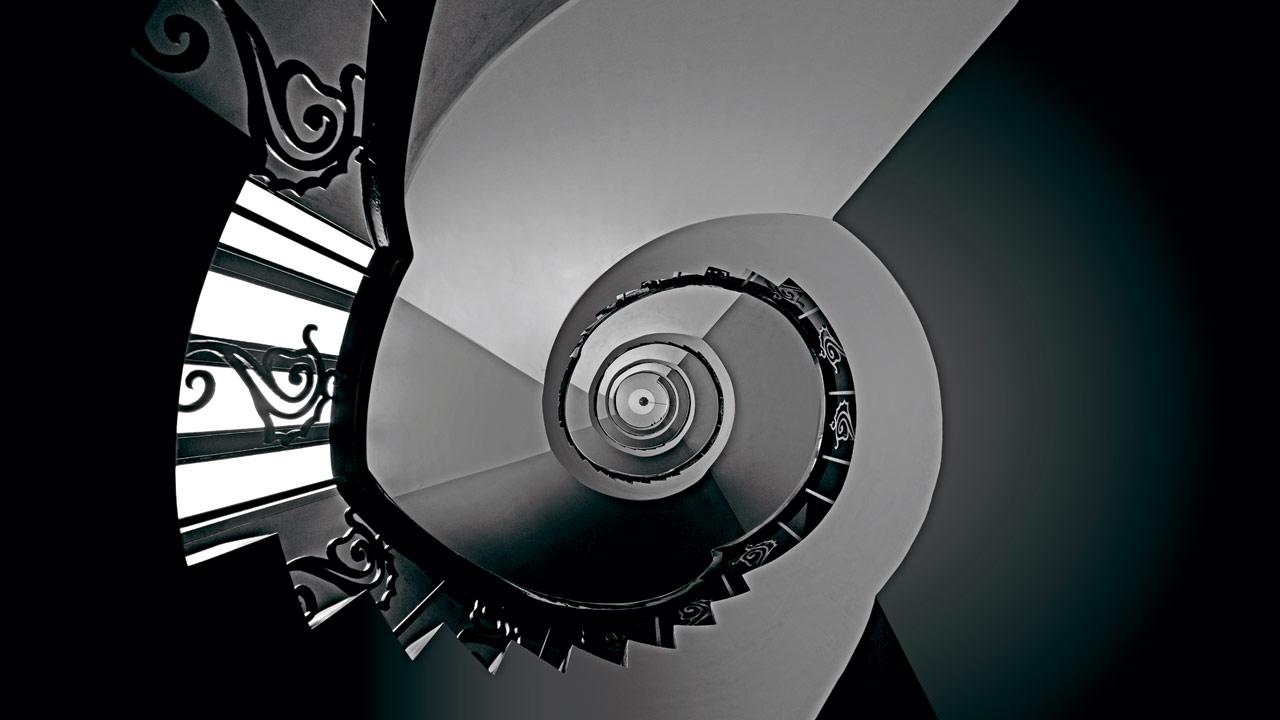
The staircase in Breach Candy’s Kismet Apartments juxtaposes a bold spiral form with intricate metalwork. PICs COURTESY/Hemant Chaturvedi
Besides this, a unique combination of factors led to the adaptation of the style in Bombay. Tourism and travel had made rapid strides between both World Wars, resulting in a continuing stream of visitors to Bombay. Many touring European ballet, opera, theatrical and musical troupes were presented at the new hotels and theatres and brought a touch of glamour and new forms of entertainment. Around the same time, rulers of Indian states began to visit Bombay at regular intervals for shopping, sports, en route to foreign lands, and most importantly, for informal meetings of the Chamber of Princes, the official body constituted for negotiations with the Government of India. Many maharajas and nawabs began building mansions and apartment blocks in this style, or buying flats in the city, in preference to renting villas or living in clubs or hotels. This created the appropriate patronage for the introduction of the new style.
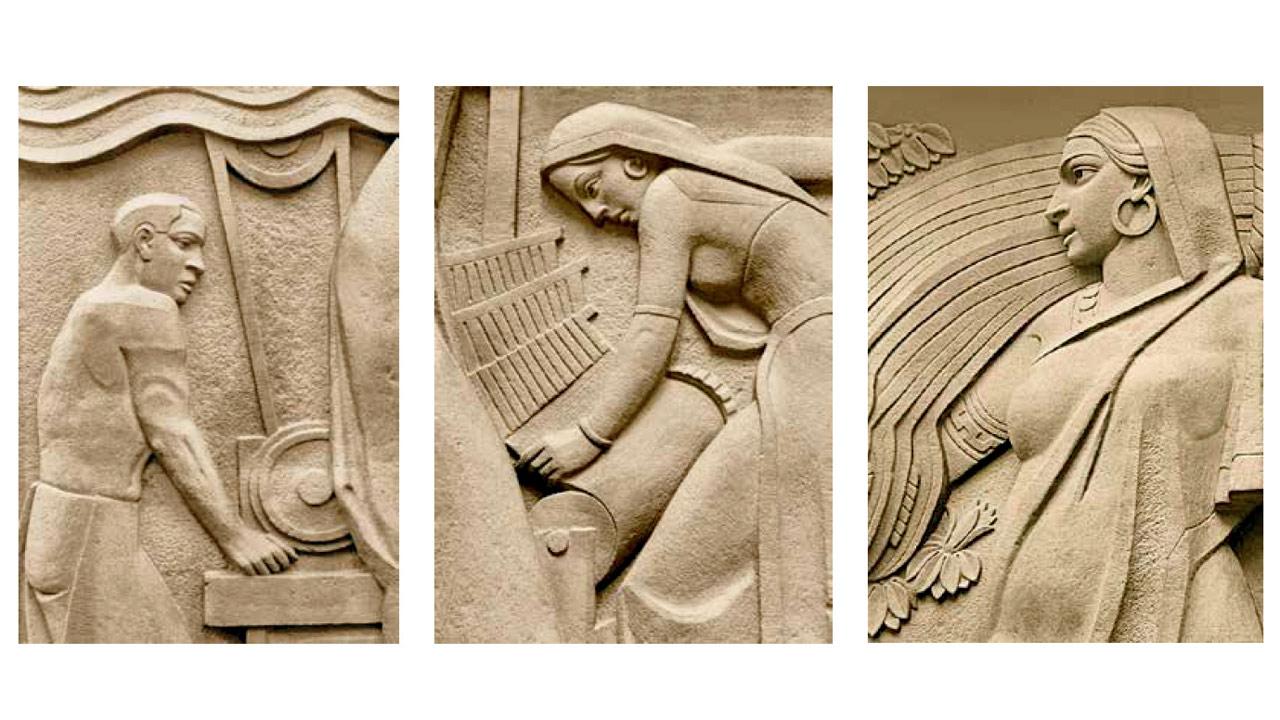
Details of Indo Deco bas-relief sculptures at New India Assurance building. The panels were sculpted by NG Pansare. PICS COURTESY/Shapoorji Pallonji, Amit Pasricha, Noshir Gobhai
In addition, several Bombay architects, including those who had graduated from foreign schools of architecture, were returning to India and emulating contemporary European and American styles in their own designs. The presence of several European architects, decorators and designers in pre-war Bombay also gave tremendous thrust to the movement. In short, there was an amazing intersection of conditions that created — the perfect storm or conditions, for Art Deco to flourish — making Bombay the gateway for the style.
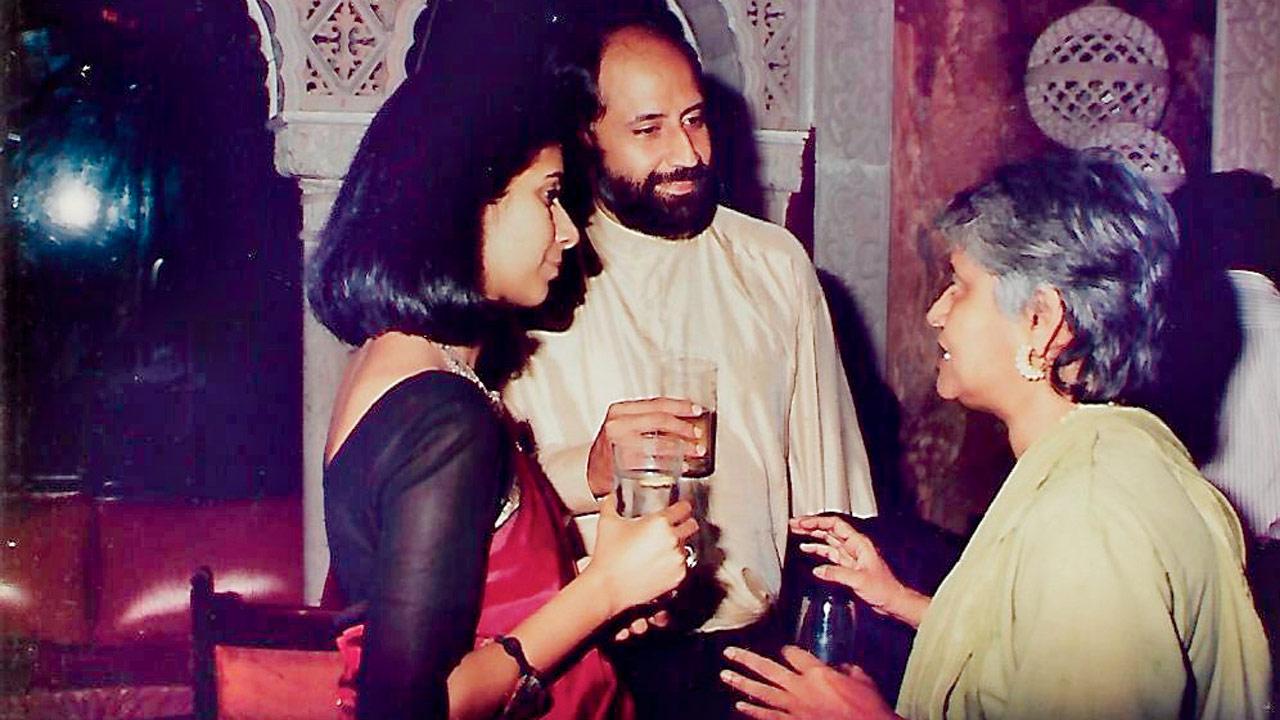
Rahul Mehrotra with wife Nondita Correa and co-author Sharada Dwivedi at the after party for the launch of Bombay-The Cities Within, 1995. Pic courtesy/ Rahul Mehrotra
Has the city changed from a conservation perspective since the book’s first edition? Is there increasing awareness or is the changing urban landscape too rapid and expansive in comparison to what its custodians are trying to achieve?
A huge amount. The heritage regulations of 1995 have now provided both in terms of general awareness but also legislative protections. Awareness has grown among the residents of Art Deco apartments on Marine Drive or along the Oval Maidan and perhaps, a few pockets in the housing estates of the suburbs. So, while they exert clout and are safeguarding this heritage, the middle-class along Mohammad Ali Road or other parts of the inner city don’t exert the same sort of affinity for the deco style. I believe this has waned also on account of the great Art Deco movie theatres going out of fashion. Those public spaces were the real transmitter that popularised the style. So the next generation, unless they live in an Art Deco building, don’t get exposed to this style in the public realm.
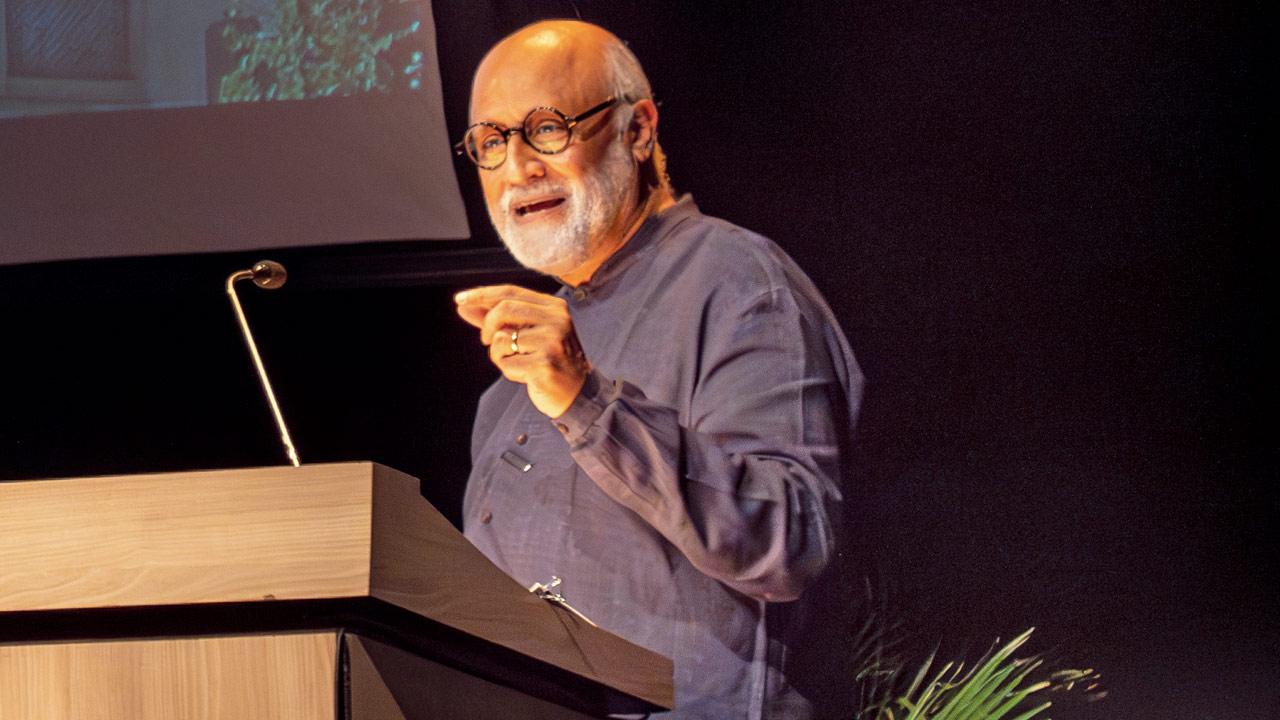
Rahul Mehrotra at the launch of Bombay Deco at NCPA on October 14 2024. PIC COURTESY/ PICTOR PUBLISHING
As Abha Narain shared at the launch, the UNESCO World Heritage Site tag has ensured that SoBo’s Art Deco ensemble is safe. However, most suburbs are without heritage guidelines, and face threats, especially redevelopment. How can citizen groups and stakeholders preserve such sites?
In the suburbs, the community-led approach is critical as a bulk if not all. The heritage building stock is residential and thus their conservation or not, affects the daily lives of its occupants. Finally, legislative protection in some measure is crucial — it at least is the framework of consensus at the level of both citizens as well as state.

Images from handbooks produced by Associated Cement Companies that popularised the use of RCC. PICs COURTESY/ Rahul Mehrotra
However, to create awareness and form a sense of the persisting value of these buildings for the residents is the only way a conservation movement works. This comes both from a sense of nostalgia and memory but also seeing the more tangible dimensions of these historic urban forms such as lower rise and higher density environments, and the sense of sociability they support.

In contemporary Mumbai, which is now becoming a crazy accumulation of skyscrapers, the wonderful human scaled streets in Art Deco precincts will hopefully trigger a desire in the next generation to protect them.
 Subscribe today by clicking the link and stay updated with the latest news!" Click here!
Subscribe today by clicking the link and stay updated with the latest news!" Click here!







